Today the term 'blockchain' sounds, as they say, from every iron and is most often associated with cryptocurrencies and bitcoin. For some, this is a source of fabulous profit, for others the personification of the future, and for most these terms are nothing more than popular words. Let's try to figure out what it is.
I want to warn you in advance that the information presented below is a very simplified and sometimes exaggerated interpretation of the essence for general understanding.
Let's start with Bitcoin
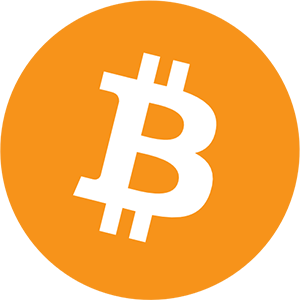
It all started in 2008, when a certain Satoshi Nakamoto (about whose identity there is still no exact data, just as there is no data on whether it is a person or a group of people) published an article about the 'payment system' Bitkoin 2P2 e-cash paper ', in which he described in detail the decentralized payment system.
The main characteristics of bitcoin are:
- Lack of a single center – an authority (issuer) that would issue these same coins. Coins are imitated by the system itself through a reward for the mining process (calculating blocks)
- Lack of physical fitness – Bitcoin only exists in digital form
- Lack of a predetermined equivalent (course).
In 2009, on January 3, the first genesis block was launched, in which 50 bitcoins were generated.
As of October 5, 2009, the rate was 1309.03 BTC for $ 1. By today's standards, when the rate of one bitcoin exceeds $ 4000, the figure looks fantastic and many regret that they did not believe in this cryptocurrency earlier and did not buy it.
Another significant date can be considered May 25, 2010 – the date of the first purchase of goods for Bitcoin. On this day, pizza was bought for 10,000 BTC.
If we recalculate the price of this pizza at today's exchange rate, it turns out that the buyer paid more than $ 40 million for a round piece of dough with filling.

Photo: pizzasushiwok.ru
Like everything new, in the early years of its existence, bitcoin faced skepticism and mistrust among the bulk of the uninitiated and remained the sphere of interests of a narrow circle of those who are in the subject, and technology enthusiasts, or geeks.
However, trust gradually grew, and more and more individuals and organizations began to invest in bitcoin as a promising investment.
This situation could not be ignored by the traditional institutions of power – states. And what does the state do if it does not understand what it had to face? That's right – it forbids, so that later, after understanding the issue and understanding how it can be used to your advantage, try to take this sphere under control.
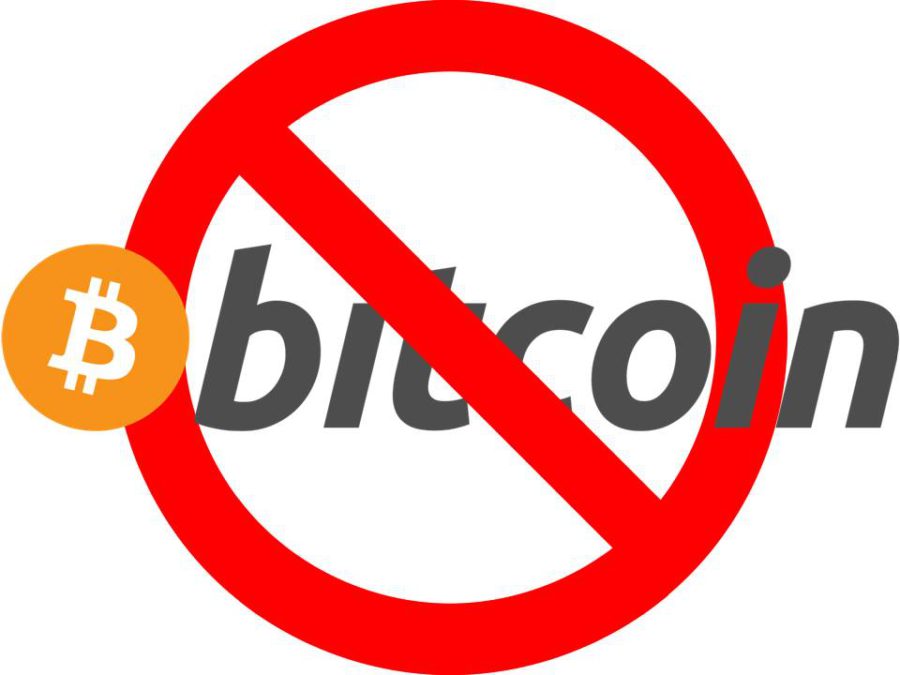
As a result, it turned out that, due to the peculiarities of implementation, it is impossible to prohibit, which means that you need to immediately go to the stage of gaining control, the first step to which is regulation through determining the status of this phenomenon and recognizing it as a currency or something else.
The attention of states to this phenomenon increased the confidence in bitcoin as something significant, promising and reliable, which, in turn, led to the fact that in 2013 the capitalization of bitcoin exceeded $ 1 billion.
Literally four years later, in 2017, the capitalization of bitcoin is more than $ 60 billion.
While the world was thinking about what to do with bitcoin and what status to give it, in some countries, such as Japan, Sweden, the Netherlands, bitcoin was legalized and made an official means of payment, within which you can pay in tens of thousands of outlets, as well as exchange bitcoin for fiat currencies.
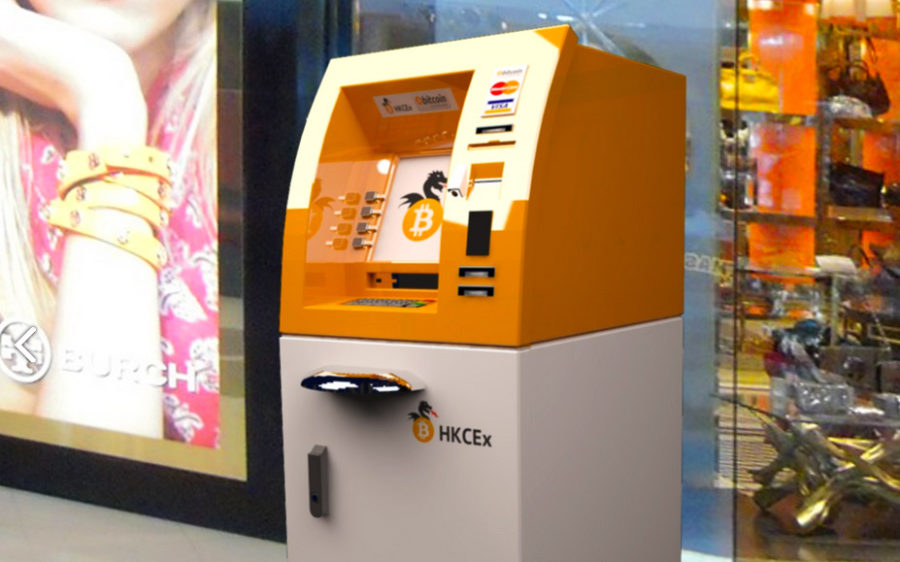
Despite the fact that cryptocurrencies are not provided with anything, interest in them is constantly growing, which means that investments in this area are growing.
Blockchain
Bitcoin is based on blockchain technology. A chain of unique interconnected blocks, where each of the subsequent blocks has a link to the previous block.
I'll try to explain 'on the fingers'. For example, we have a train of several cars, in which a different number of different people travel. At the same time, in each subsequent carriage, some unique feature of the people traveling in the previous carriage is stored, for example, the sum of the age of all passengers with an accuracy of up to a month.
Thus, the passengers of the next car know a unique feature – the sum of all ages, but they do not know either the age of each particular passenger, or their number, and are unable to calculate this data (violate anonymity).
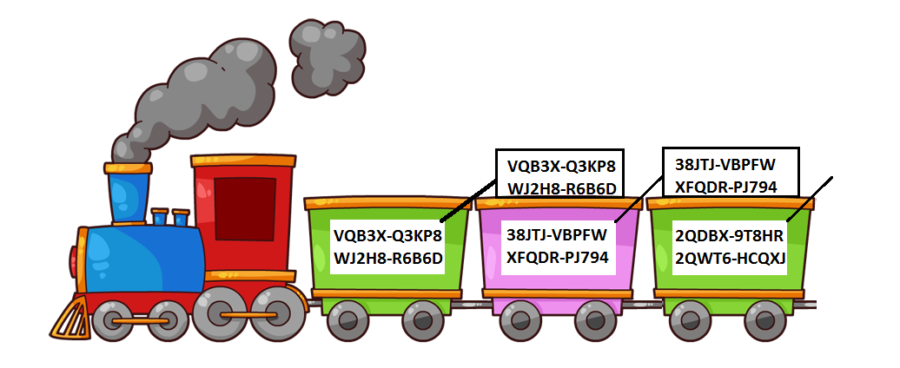
Another principle of blockchain technology is decentralization.
Or, in other words, a certain system of structured and interconnected data stored separately, in which each participant has the ability to store part of the network (blocks), ensuring its functioning and being a part of it, as well as adding new blocks on condition of transparency and anonymity.
The principle of transparency and anonymity means that all network members can see how many blocks (money) you have in your account (wallet), just as you can see how many blocks are in other accounts (wallets). However, no one knows that this is your account. Moreover, everyone can open an unlimited number of accounts (wallets), which makes the tracking process very, very difficult.
In general, the blockchain technology is not based on a new hash function – a function that accepts a certain amount of data as input, for example, text, and outputs a string with a fixed number of characters, but with different content and sequence.
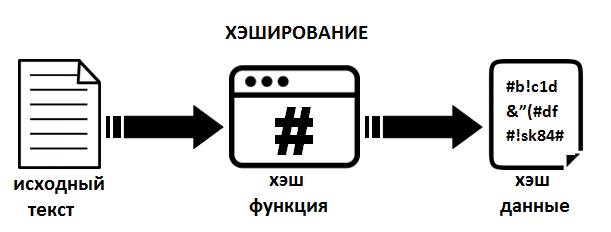
At the same time, when the input data changes, it is impossible to predict the change in the final result at the output, which makes the reverse decoding process impossible. That is, you cannot recover the original data from the resulting sequence of characters.
Earlier we talked about the fact that each subsequent block stores a hash about the previous block. This ensures the security, or integrity of the network. That is, at any time you can compare the hash from the current block with the hash that is obtained from the previous block, and if the hashes match, then there is a connection between these blocks, and the chain is not broken.
Due to the fact that the network operates on the Internet, which means that it has the ability to check its integrity in real time, fraudsters will not be able to build their blocks into the network, as well as duplicate existing ones, since there is no way to use a block that does not contain the hash of the previous block or contains an invalid hash – such a block will be automatically calculated and excluded from the chain. The same will happen with a duplicate block – the network will understand that the block is not unique and will also exclude it.
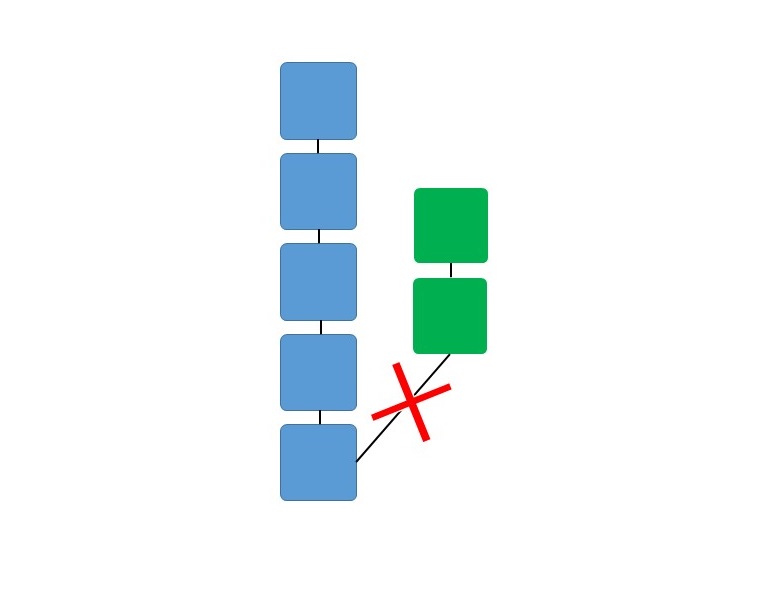
Conclusion
Despite the fact that the blockchain technology is best known precisely because of bitcoin, it is wrong to think that blockchain technology is only a cryptocurrency. The technology can be used in a wide variety of industries that require a secure computing system and secure transmission of unique data.
As an obvious example of the use of blockchain technology in real life, an area comes to mind in which it is required to certify the fact of something that notaries are doing today.
Blockchain will make it possible to abandon this phenomenon, thereby excluding the human factor, and therefore the possibility of forgery and abuse. And this is just one of the many applications of this technology.
Today, the network is based on the so-called miners – the miners of the blocks on which the network rests. But we'll talk about mining next time.
